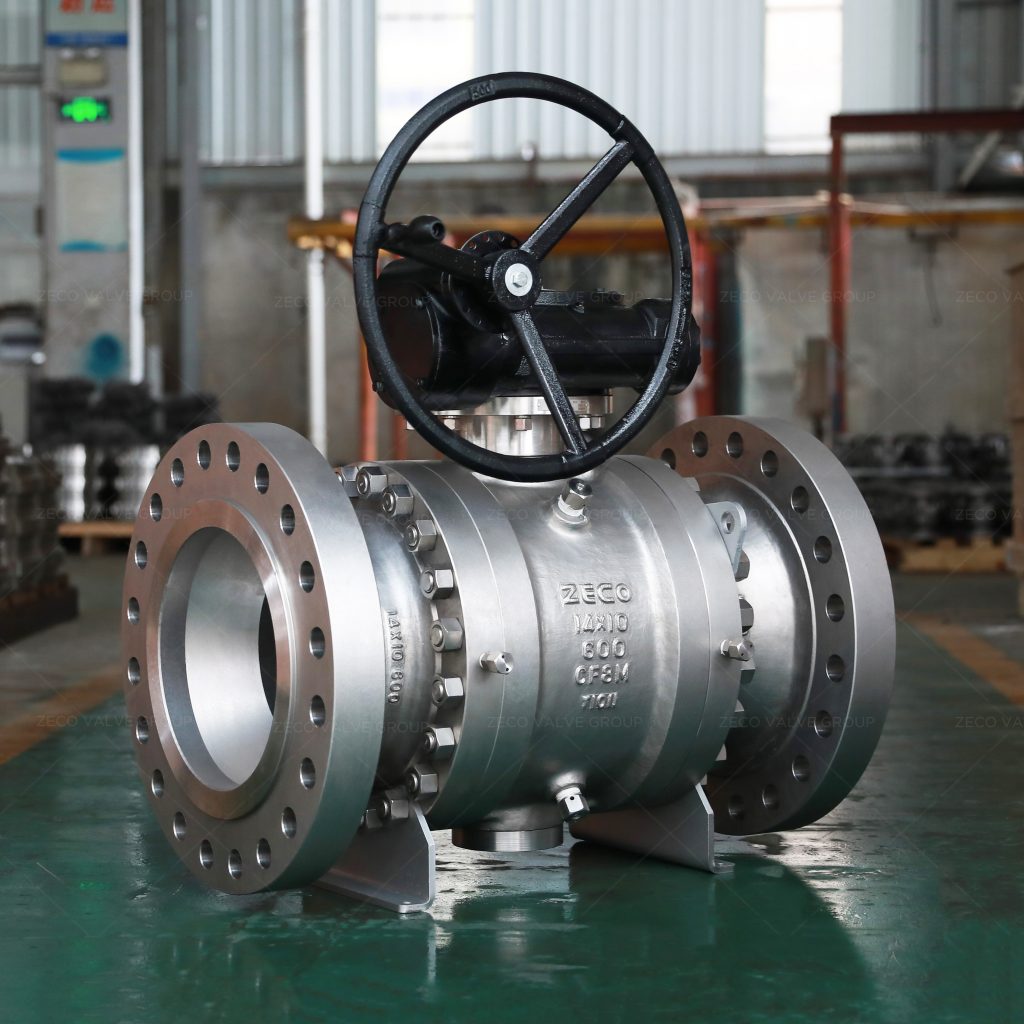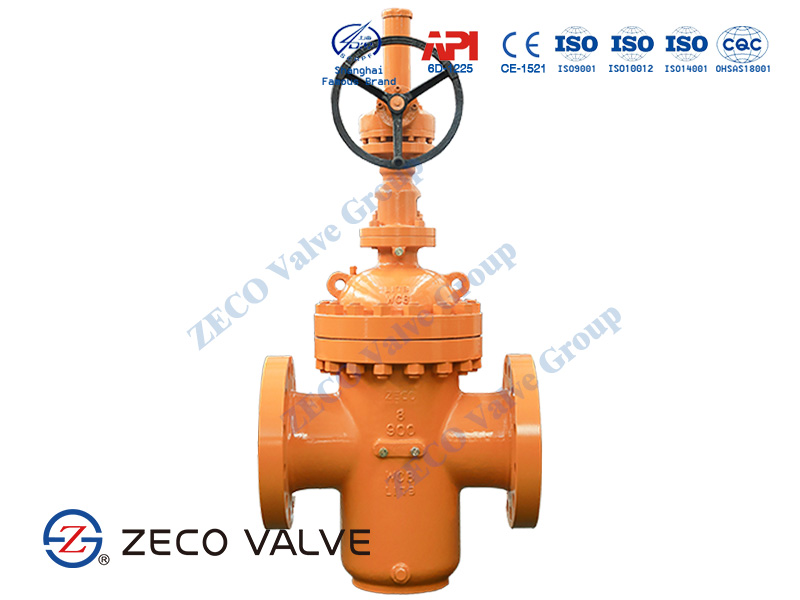Gate valves and ball valves are commonly used valves to control flow, but there are important differences between them.
All types of valves are essential to operate countless versions of machinery and equipment, spanning many industries and applications. It is hard to imagine an environment without valves. Having said that, not all valves are the same, and they are definitely not one size fits all parts.
It is important to choose the right valve, so understanding the application, advantages, and advantages of each valve is the key.
What is API 6D Ball Valve?
API 6D Ball valves, as the name implies, use a rotatable ball with a bore to control the flow of liquid and gases from one opening to the next. The medium can flow through or be stopped by turning the ball a quarter turn (90 degrees) around its axis. These valves regulate the flow by permitting the opening to be open, blocked, or partially open. Ball valves are the best choice for use with gases since they have a stronger seal. They can withstand pressures of up to 700 bar and temperatures of up to 350°C, and their sizes typically range from 0.5 cm to 30 cm. Because they have a simple structure, they are simple to use and repair.

What is API 6D Gate Valve?
API 6D Gate Valve is the most prevalent valve for water supply systems. It is a linear-motion isolation valve with the ability to either stop or allow flow. These valves should not be used to regulate flow; they should be used to entirely open or completely close, as the partial opening will cause harm. The name “gate valve” comes from the closure part sliding into the flowing fluid to produce shut-off and therefore acting as a gate. Gate valves are used to isolate specific parts of the water supply network for maintenance, repair, and new installation operations, as well as to reroute water flow throughout the pipeline.

Different Structure of Gate Valve vs Ball Valve
The main difference between ball valves and gate valves is their structure. They work similarly but have different structures.
These valves are also very durable and can be used for a long time even in the case of heavy use or long periods of non-use. Ball valves are reliable, but they do not provide good control, so in situations where you want a simple shutdown or start without fine-tuning the control, it is best to stick to ball valves. This is why many people simply refer to these valves as “shut-off valves.”
When the operator needs to open and close the equipment without losing pressure, the ball valve is also an ideal choice. They have a good seal because the ball blocks the flow, and they are easy to operate, just simply turn the valve handle, and then it can be confirmed visually.
Having said that, the cost of ball valves may be a little higher than gate valves. Another potential disadvantage is the space required for ball valve operation. In order to use the ball valve lever, the operator needs to ensure that there is a complete 90-degree turn.
Similarly, due to the difference in structure between ball valves and gate valves, the working principle of gate valves is different from that of ball valves. They control the flow through a gate that is lifted out of the passage for fluids or other materials. The door can be round or rectangular. The operator usually controls the valve by rotating the knob to raise or lower the gate, thereby controlling the flow.
The gate valve does not have the immediate closing function of the ball valve, which is one of the main differences. However, they do provide finer tuning control of material flow and flow pressure. The gate valve does not need to be closed immediately, but in applications where it is not required but with a high degree of control, the gate valve is a better choice than the ball valve. For example, in the case of high water pressure, the gate valve can prevent the formation of a water hammer.
Advantages and Disadvantages of Ball Valve vs Gate Valve
View the table below for key differences between a gate and ball valve.
| Ball valve | Gate valve | |
| Shut off mechanism | Fast shut-off with only a quarter turn (90° turn) to close the valve. | Slow shut off as it requires more than a 360° turn to shut off the valve. |
| Water hammer | Fast opening and closing may cause a water hammer. | Slow opening and closing reduce the risk of water hammer.* |
| Visual detection | Open or closed state of the valve can be visually detected with the position of the handle. | Difficult to detect the open or closed state of the valve. |
| Cost | Typically more expensive than a gate valve of the same specifications. | Typically cheaper than a ball valve of the same specifications. |
| Installation space | Requires more space than a gate valve to accommodate a quarter-turn handle. | Requires relatively less installation space than a ball valve. |
| Size | Better suited for bore sizes below 2″. | Better suited for bore sizes above 2″. |
| Leakage | Provides tight seal even if used after a long period of time. | More prone to leaks than a ball valve. |
| Durability | Durable and less prone to damage | Valve stem can be prone to corrosion making the valve less durable. |
Choose the right valve
The decision to use a ball valve or a gate valve depends on various factors, such as price, location and method of use, and the material passing through the valve. You may find that you have chosen one or both.
Related Tags :
Ten articles before and after
The Way To Choose a Valve | API 6D ball valve manufacturer
Daily Maintenance And Maintenance Of Ball Valves | API 6D ball valve manufacturer
How To Operate And Actuate a Butterfly Valve | API 6D ball valve manufacturer
Ball Valve vs Gate Valve | API 6D ball valve manufacturer
Ball Valves | API 6D ball valve manufacturer
Do You Know Ball Valve? | API 6D ball valve manufacturer
How To Maintain The Ball Valve | API 6D ball valve manufacturer
What Is Butterfly Valve | API 6D ball valve manufacturer












